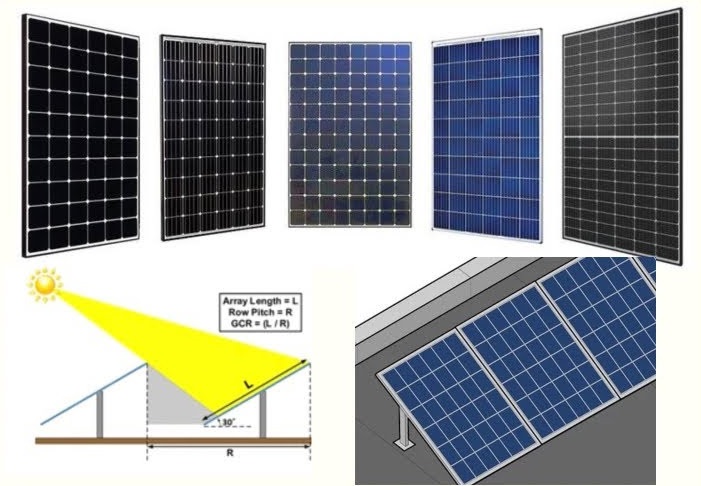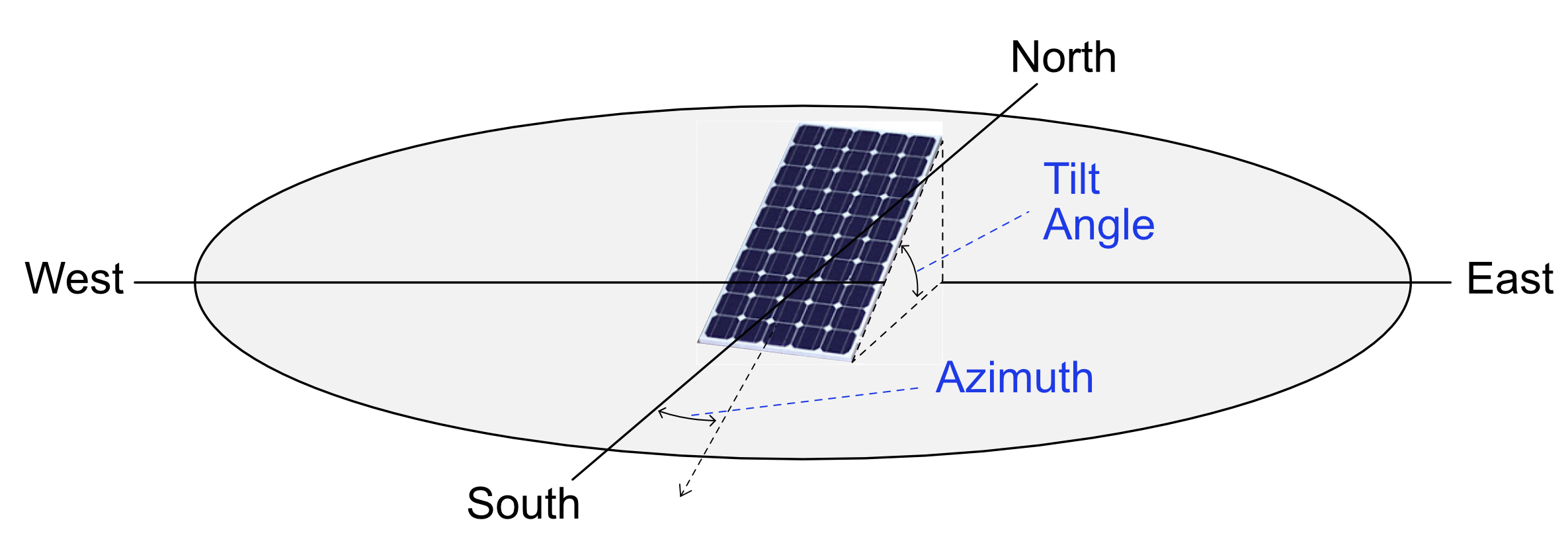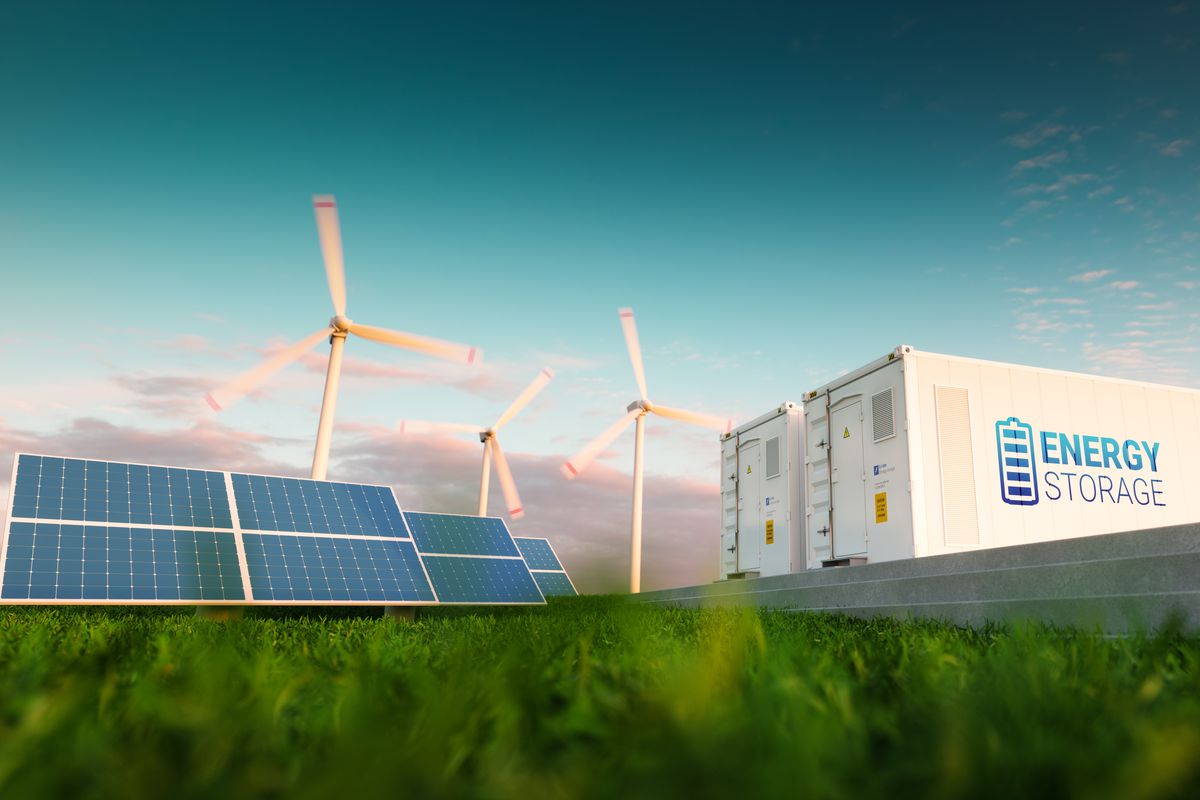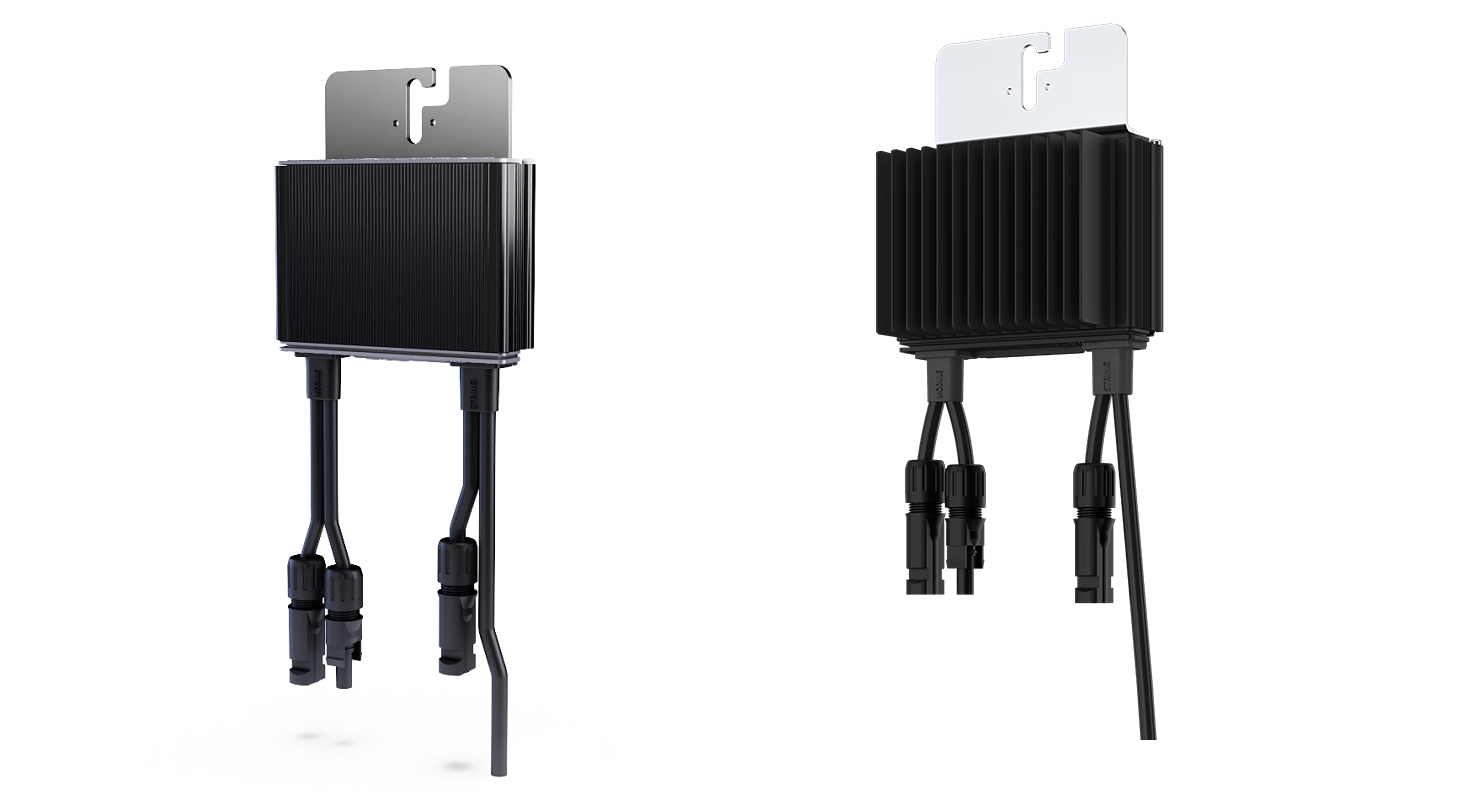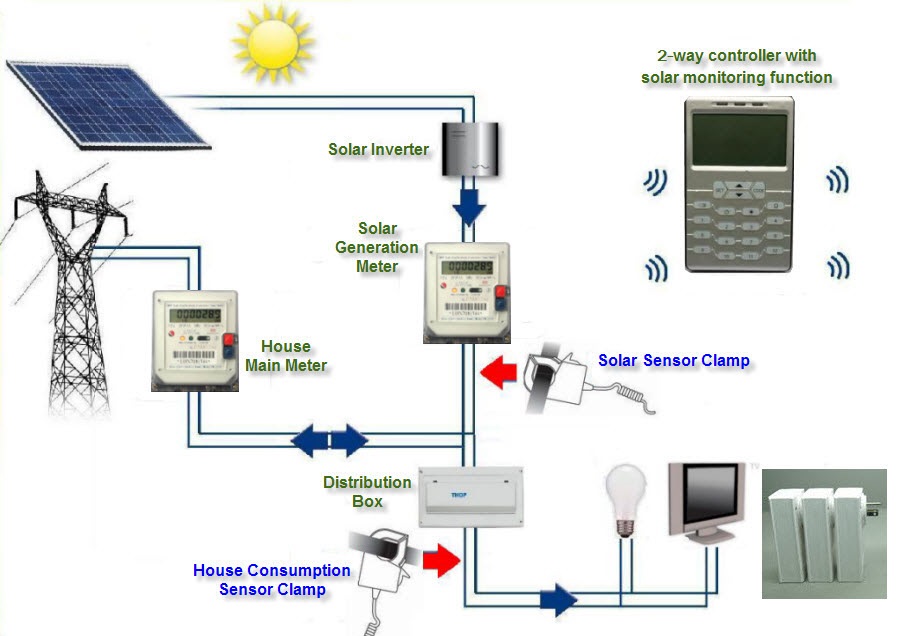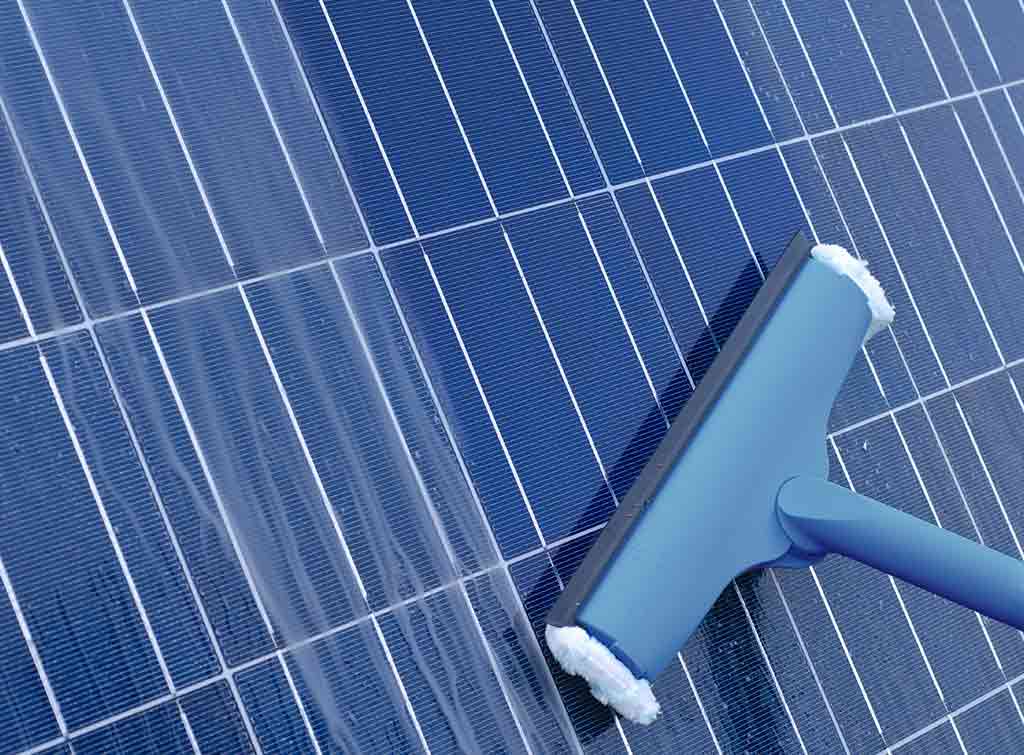What Is the Best PV Design?
Photovoltaic (PV) systems are becoming increasingly popular as a sustainable and efficient way to generate electricity. As the demand for clean energy grows, it becomes crucial to understand what constitutes the best PV design. In this article, we will explore the key components and considerations that contribute to an optimal PV design.
Solar panel selection
The first step in designing an effective PV system is selecting the right solar panels. Factors to consider include efficiency, durability, and the brand’s track record. High-efficiency panels maximize power output, enabling greater energy generation even in limited space. Additionally, selecting panels with long-term warranties ensures system longevity and peace of mind.
System orientation and tilt
The orientation and tilt of the PV array significantly impact energy production. In the Northern Hemisphere, south-facing arrays capture the most sunlight throughout the day. However, the specific tilt angle depends on the geographical location. To maximize energy output, it is important to analyze local solar data and optimize the array’s orientation and tilt accordingly.
Energy storage capabilities
Integrating energy storage within a PV system is an excellent way to optimize energy utilization. By storing excess electricity during the day, users can draw from these reserves during peak demand or at night. Various energy storage options, such as lithium-ion batteries, can be chosen based on the specific requirements and budget.
Inverter selection
To convert the DC electricity generated by the solar panels into usable AC electricity, an inverter is essential. The inverter’s quality and efficiency are crucial for optimal system performance. String inverters, microinverters, and power optimizers are common choices. Consider factors like reliability, conversion efficiency, and monitoring capabilities while selecting an inverter.
Monitoring and control systems
A comprehensive PV monitoring and control system is essential for efficient and hassle-free operations. Real-time monitoring allows users to track energy production, identify any issues promptly, and optimize system performance. Additionally, remote monitoring capabilities can facilitate regular maintenance and ensure maximum uptime.
System maintenance and lifespan
The best PV design incorporates plans for system maintenance and long-term durability. Regular inspections, cleaning, and potential repairs are necessary to ensure consistent performance. Quality components with warranties and a trusted installer can help maximize the system’s lifespan and minimize maintenance needs.
Cost considerations and financial incentives
While designing a PV system, considering the overall cost is essential. Evaluating the return on investment, payback period, and potential financial incentives like tax credits, rebates, and net metering helps assess the economic viability of the project. Working with experienced professionals can provide insights into cost-saving techniques and appropriate financing options.
Designing the best PV system involves a careful evaluation of various components and considerations, including solar panel selection, system orientation and tilt, energy storage capabilities, inverter selection, monitoring systems, maintenance plans, and cost considerations. Collaborating with experienced professionals and staying informed about technological advancements in the industry can ensure the design meets your energy requirements while maximizing efficiency and sustainability.
Please just feel free to contact Ruiqifeng team for more information about aluminium component in PV mounting system and heat sinks in inverters.
Jenny Xiao
Guangxi Ruiqifeng New Material Co., Ltd.
Address: Pingguo Industrial Zone, Baise City, Guangxi, China
Tel / Wechat / WhatsApp : +86-13923432764
https://www.aluminum-artist.com/
Email : Jenny.xiao@aluminum-artist.com
Post time: Nov-14-2023



